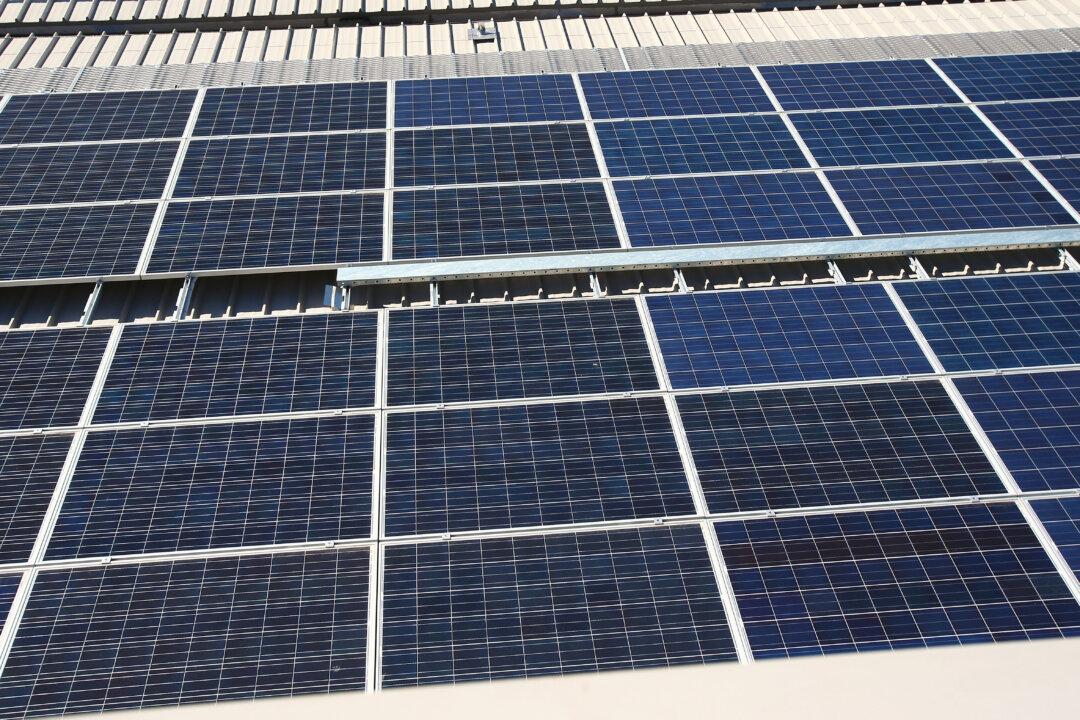Two major energy providers have floated the idea of charging residents in New South Wales (NSW) and the Australian Capital Territory (ACT) households more to feed solar power into the grid during the day.
The new feed-in tariffs would affect households during the sunniest part of the day, under proposals from Evoenergy and Essential Energy to the Australian Energy Regulator.





